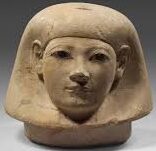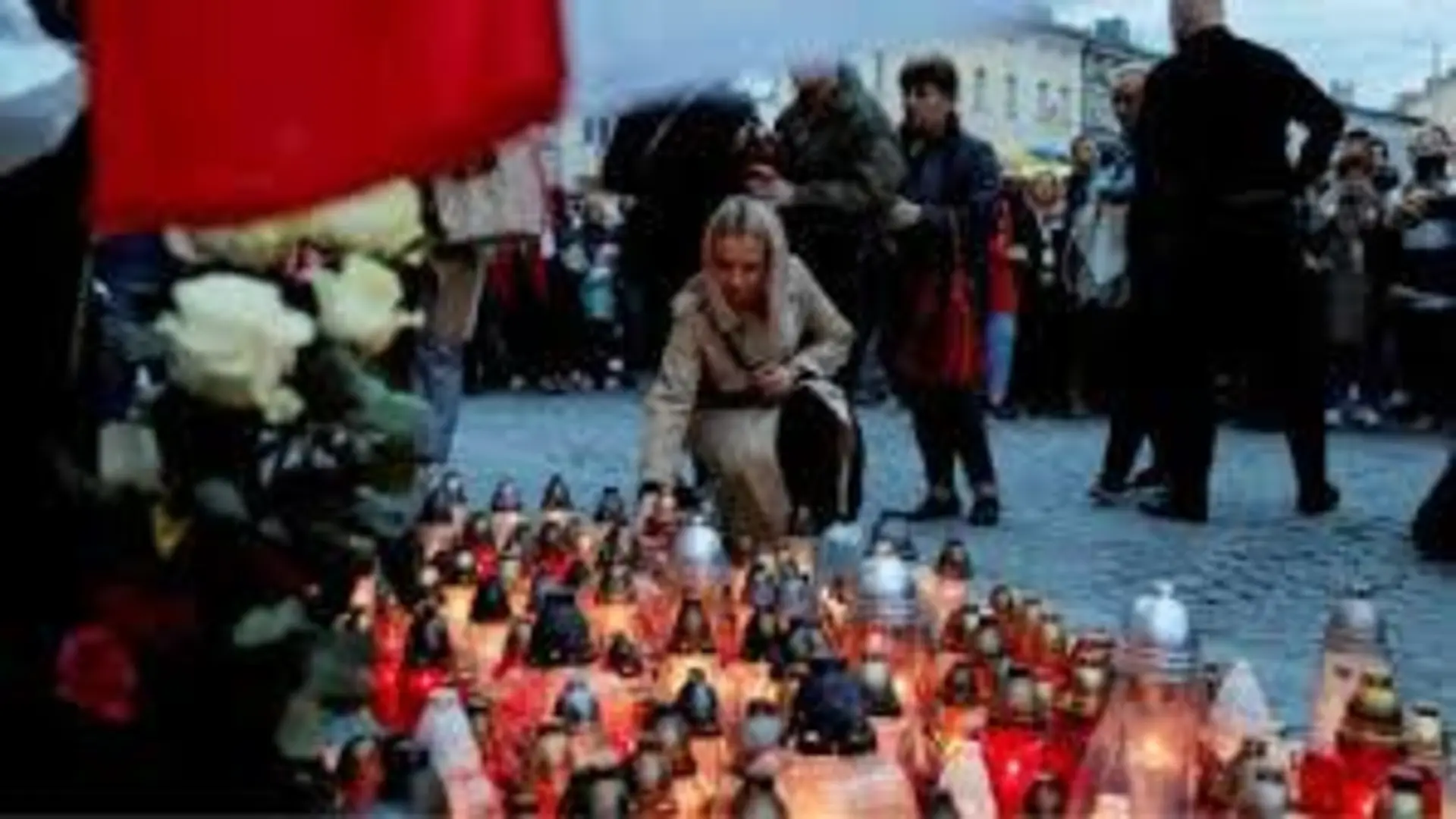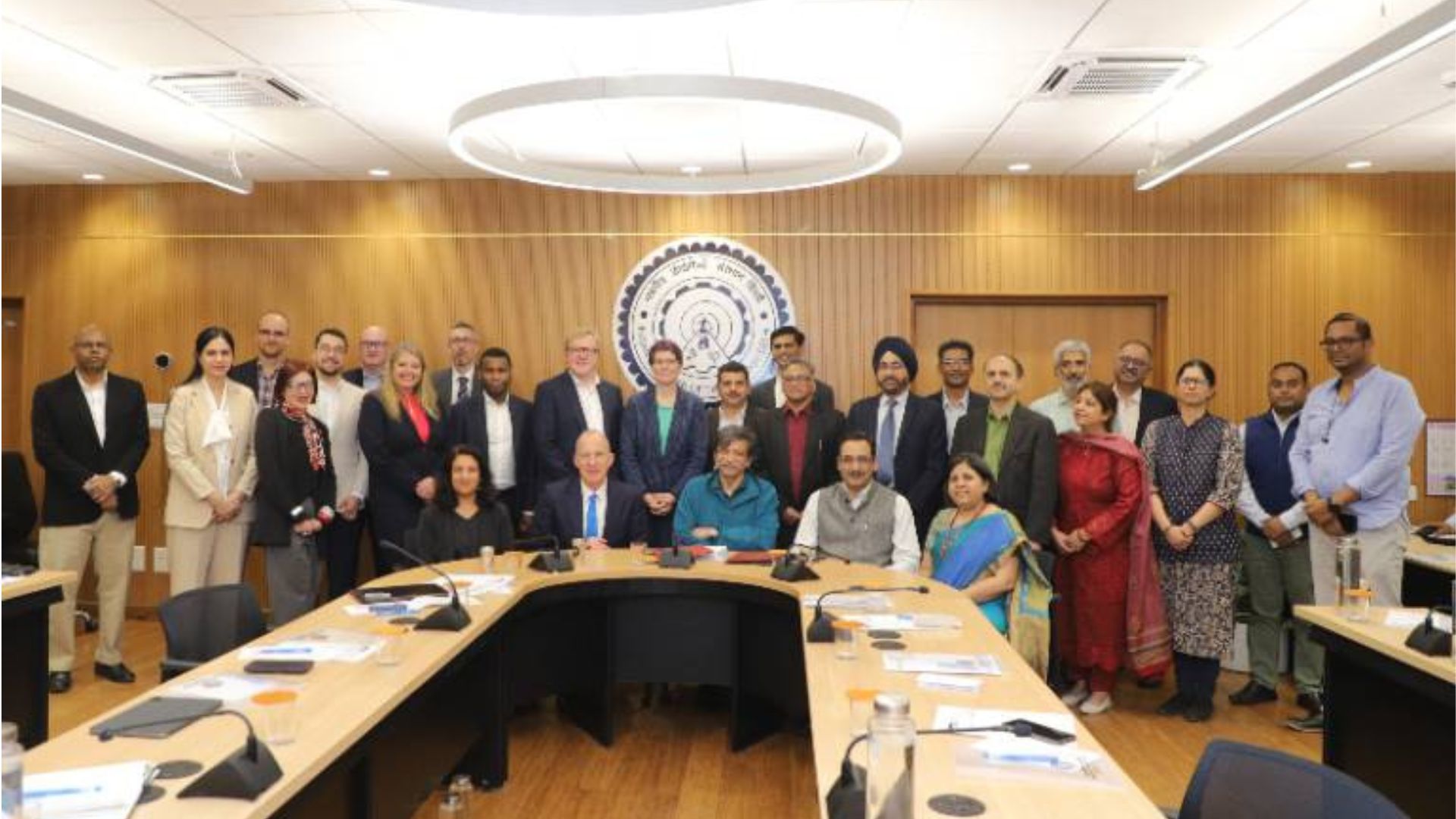
In 1900 – some 22 years before he discovered the tomb of Tutankhamen – British archaeologist Howard Carter opened another tomb in the Valley of the Kings. In tomb KV42, Carter found the remains of a noblewoman called Senetnay, who died around 1450 BCE. More than a century later, a French perfumer has recreated one of the scents used in Senetnay’s mummification. And the link between these two events is our research, published today in Scientific Reports, which delves into the ingredients of this ancient Egyptian balm recipe.
Recreating the smells of a disappeared world
In 2020, a team utilized advanced chemistry techniques to analyze two canopic jars originally excavated by Carter and now housed in the Museum August Kestner in Hannover, Germany. These limestone jars, belonging to Senetnay, once held mummified organs but had lost their contents. Through chromatography and mass spectrometry, scientists identified and reconstructed the ancient scents and ingredients from faint residues at the jar bottoms, shedding light on their historical significance.
An ancient ingredients list
Chemical analysis of the balms used to preserve Senetnay’s organs in her canopic jars revealed a complex blend of beeswax, plant oil, fats, bitumen, unidentified balsamic substance, and pine family tree resins, likely larch. Another substance was either Pistacia or dammar resin, indicating extensive ingredient sourcing. This finding suggests Senetnay’s importance in her time as the wet nurse of Pharaoh Amenhotep II and highlights ancient Egyptian trade networks, possibly reaching Central Europe for larch resin and South-East Asia for dammar resin, pushing back the timeline for such long-distance trade by nearly a millennium.
A perfume for the ages
In collaboration with perfumer Carole Calvez and sensory museologist Sofia Collette Ehrich, Senetnay’s lost scent, featuring pine, balsam, vanilla notes, and more, has been recreated. This olfactory display will debut at Denmark’s Moesgaard Museum in October, part of the “Egypt – Obsessed with Life” exhibition. This unique sensory experience offers a time-traveling journey for the nose, offering insights into ancient Egypt’s aromas and the scents used in elite mummification, promoting inclusive engagement, especially for the visually impaired.















